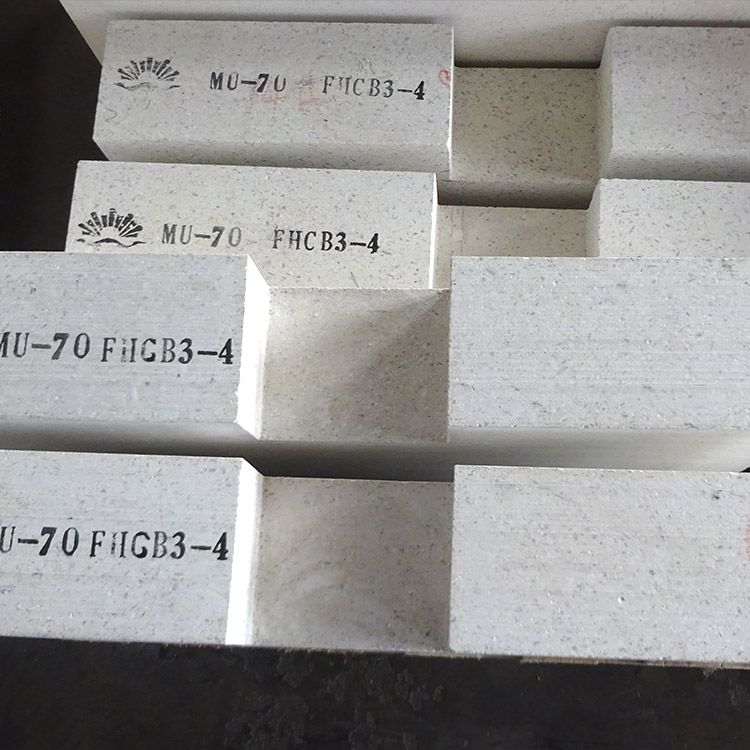
In high-temperature industrial processes, refractory materials face numerous challenges, such as high temperatures, thermal shock, and chemical erosion. These challenges can lead to shortened service life of refractory materials, increased maintenance costs, and production disruptions. Magnesia-alumina spinel bricks emerge as a reliable solution to these problems, offering excellent performance and extended service life. Let's explore the secrets behind their effectiveness.
Magnesia-alumina spinel bricks are mainly composed of periclase as the main crystal phase and magnesia-alumina spinel clinker as the basic raw material. The unique microstructure of these bricks plays a crucial role in their performance. The periclase crystals provide high strength and high refractoriness, while the magnesia-alumina spinel phase enhances the high-temperature stability and corrosion resistance. 
The combination of periclase and magnesia-alumina spinel phases gives magnesia-alumina spinel bricks excellent high-temperature seismic resistance. At high temperatures, the spinel phase can effectively absorb and disperse thermal stress, preventing the formation and propagation of cracks. Tests have shown that these bricks can withstand temperature fluctuations of up to 1000°C without significant damage, ensuring stable operation in high-temperature environments.
The dense structure of magnesia-alumina spinel bricks provides high strength. The periclase crystals form a strong skeleton, and the spinel phase fills the gaps between the crystals, enhancing the overall strength of the bricks. Their compressive strength can reach up to 80 MPa, which is much higher than that of ordinary refractory bricks.
One of the key advantages of magnesia-alumina spinel bricks is their high-temperature volume stability. The spinel phase has a low coefficient of thermal expansion, which reduces the volume change of the bricks at high temperatures. This property helps to maintain the integrity of the refractory lining and prevents the occurrence of cracks and spalling. In long-term high-temperature service, the volume change rate of these bricks is less than 1%.
With a high melting point of over 2000°C, magnesia-alumina spinel bricks have excellent refractoriness. They can resist the erosion of various molten metals, slags, and gases. The spinel phase can react with some corrosive substances to form a protective layer on the surface of the bricks, further enhancing their corrosion resistance.
In high-temperature environments, the various properties of magnesia-alumina spinel bricks work together synergistically. The high-temperature seismic resistance and high strength enable the bricks to withstand thermal shock and mechanical stress. The high-temperature volume stability ensures the long-term integrity of the refractory lining. The high refractoriness and corrosion resistance protect the bricks from damage by high temperatures and corrosive substances. This synergy significantly extends the service life of the bricks, reducing maintenance frequency and costs.
In a steelmaking plant, the use of magnesia-alumina spinel bricks in the ladle lining has increased the service life of the lining from 80 heats to over 120 heats, a significant improvement of 50%. In a cement kiln, these bricks have effectively resisted the erosion of alkaline substances and thermal shock, reducing the maintenance time and cost. .jpg)
Do you have any questions about magnesia-alumina spinel bricks? Feel free to leave your questions in the comments section below, and our experts will answer them as soon as possible. We also welcome you to share your experiences with refractory materials in high-temperature industries.
Magnesia-alumina spinel bricks offer unique value in high-temperature environments, with their excellent performance and long service life. If you are looking for reliable refractory materials for your high-temperature processes, don't hesitate to contact us to learn more and explore potential cooperation opportunities.


